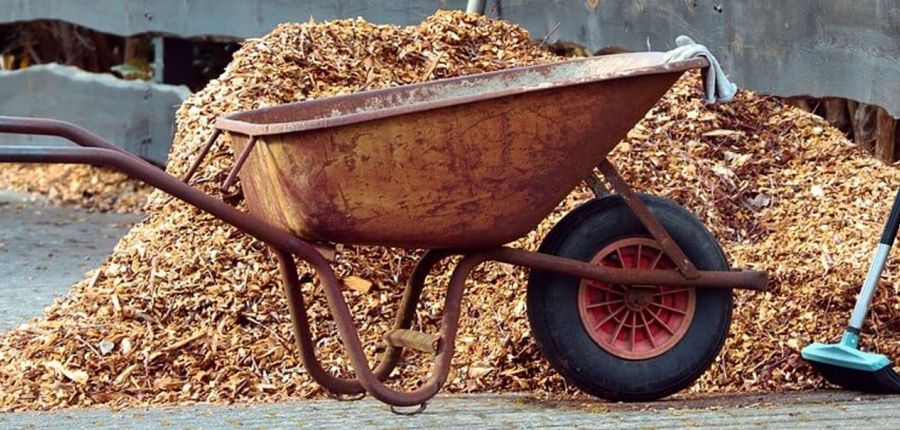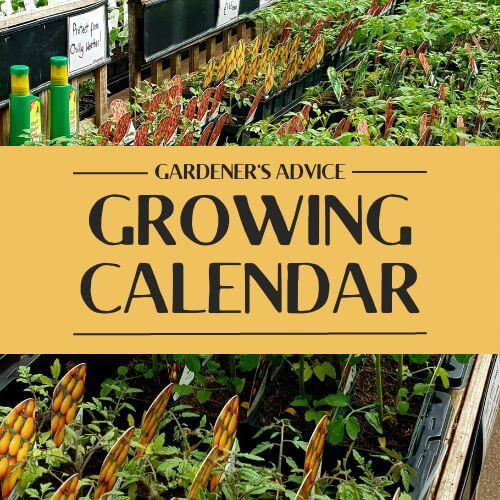Mulch time
Posted By: rocket veg Category: Compost, Growing Veg, Seasonal AdviceOctober is the perfect time to give your allotment plot, veg patch (or flower beds for that matter) a treat by adding copious amounts of organic matter, known by the delightful term of mulching. Many of your crops have now been harvested, exposing large expanses of bare soil, a real ‘come on’ to weeds, especially during a mild, wet spell of weather. Left exposed, bare earth is soon eroded and leached of nutrients by heavy rain, so what better way to both protect it - as well as improving the soil structure - than by adding mulch.
What to use as mulch
With a few caveats, a wide range of organic matter makes excellent mulch: farm and horse manure, homemade compost, spent mushroom compost, shredded bracken, spent hops, seaweed (rinsed free of salt), wood and bark chippings... Other methods of mulching include using large sheets of cardboard, a perfect way to recycle packaging, which not only suppresses weeds but retains moisture and warmth – worm heaven!
When and how to mulch
To be effective, mulch must be applied when the soil is moist and still warm – so best avoid the winter months or when the soil has dried out. For larger beds, simply cover with a generous layer of whichever type of mulch you have to hand. A few words of advice: avoid burying low-growing plants (eg strawberries) or heaping too much matter up the stems of woody plants (eg soft fruit bushes). To be effective, a layer of the type of mulch which will degrade over time should be at least 5cm (2in) thick.
Sowing and planting through mulch
When I apply mulch in the autumn, I like to finish off by covering the area with sheets of woven black material, well weighted down against winter winds. If all goes to plan, when I roll the material back in spring the worms will have done their work, pulling the mulch matter into the soil and creating a wonderful, fibrous loam as they do so. A quick raking over is usually all that is needed to make a good surface in which to sow all but the finest seed. Cardboard sheet can simply be planted through, holes cut and seedlings inserted into the rich soil lying underneath.
Using timber and bark chippings as mulch
Although chipped and shredded materials from both broadleaf and conifers are excellent mulches, they decompose slowly so are best suited to using round established plants, such as soft fruit bushes where the ground can be left undisturbed and all but the most pernicious of weeds will be discouraged.
Best of all, successful mulching reduces the need to dig. Much as I enjoy forking though soil, removing weeds and stones as I go, I realise that the very action of walking over the ground while digging causes damage to the fragile soil structure.







